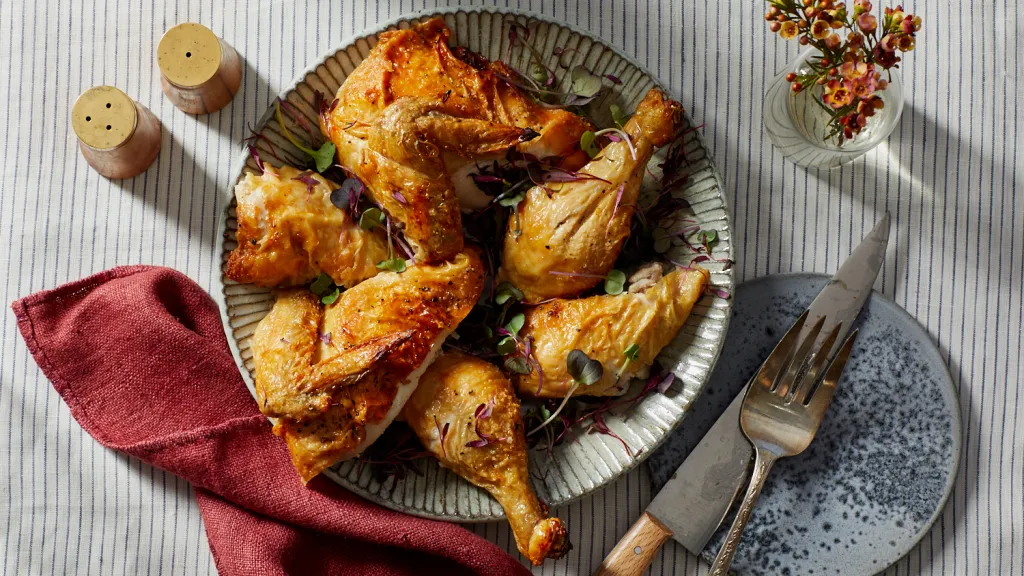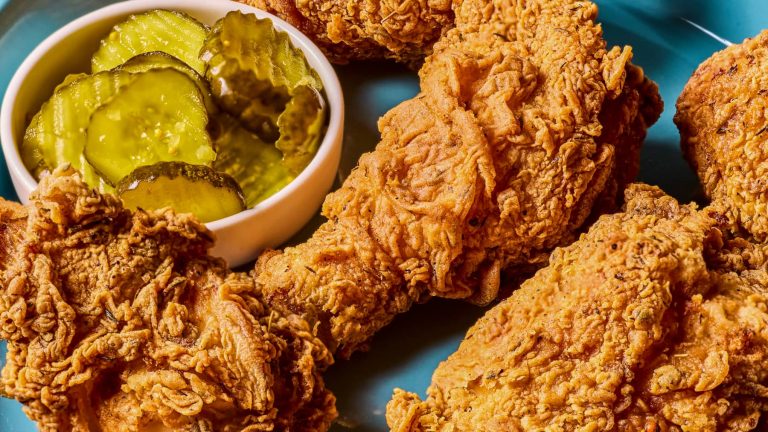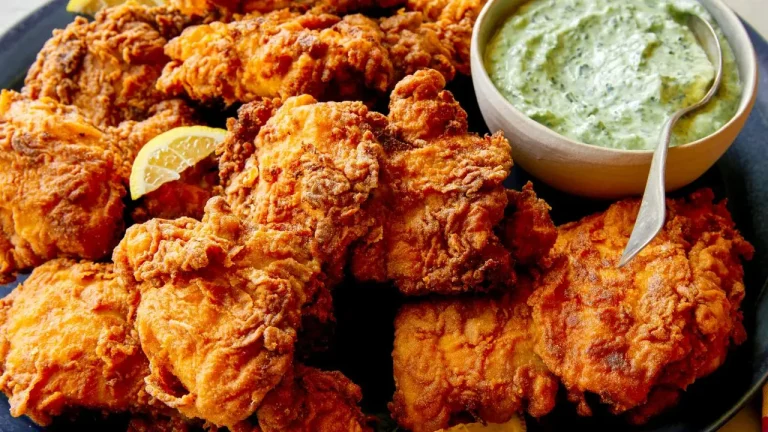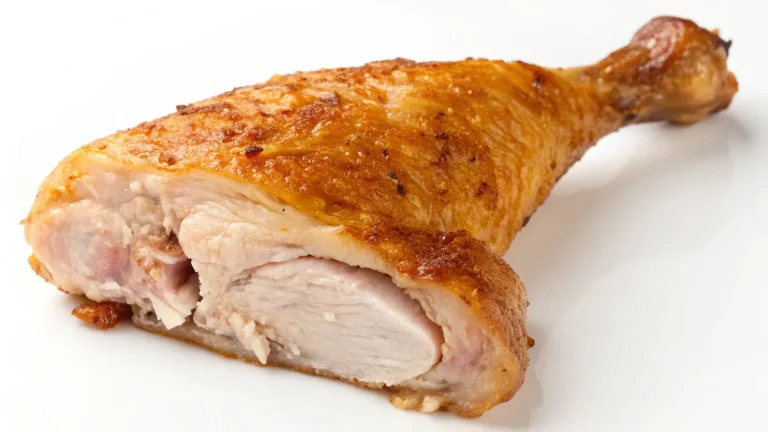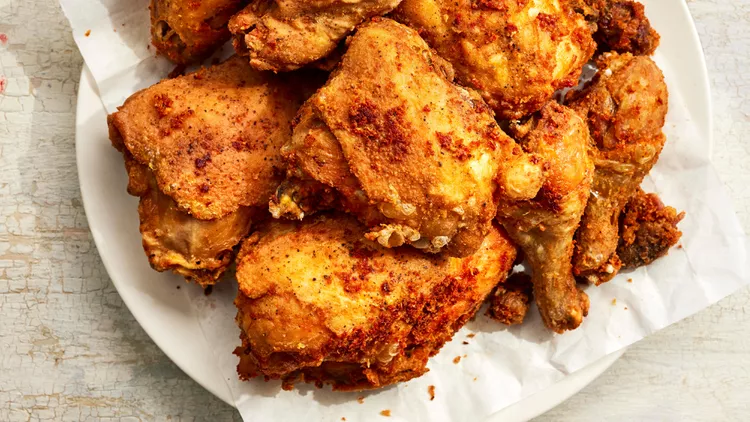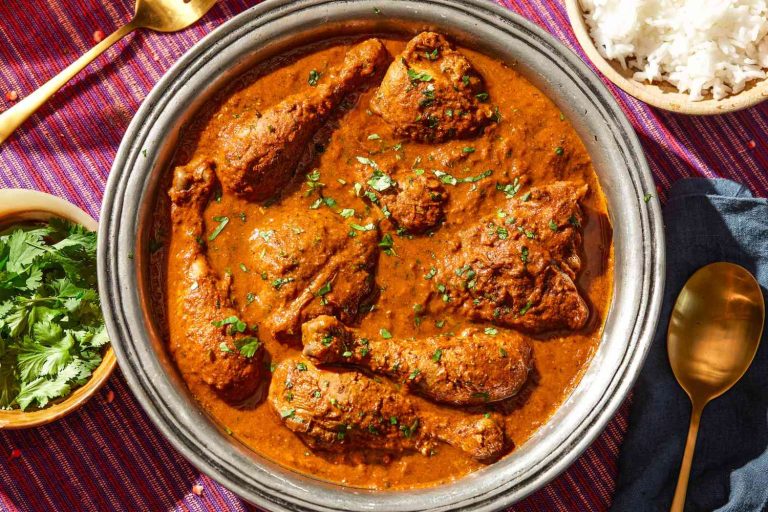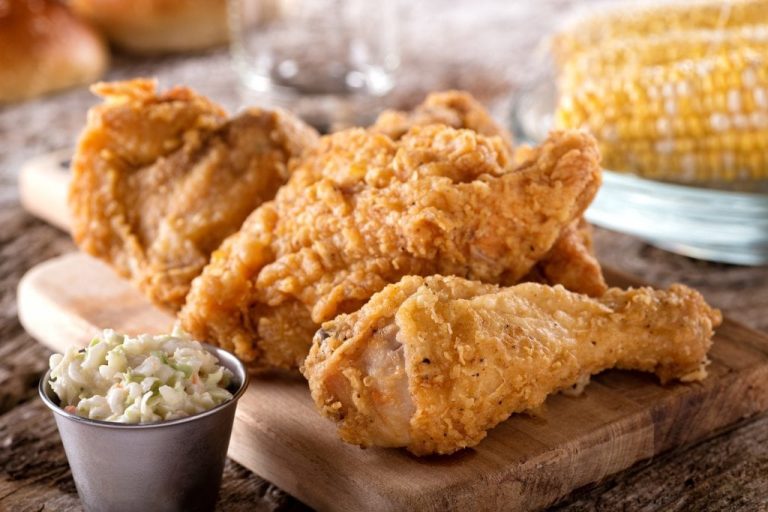Understanding Poultry: An All-Inclusive Guide to Cooking Chicken
A common and adaptable protein, chicken serves as the foundation for many dishes worldwide. Because of its mild flavor, it easily absorbs sauces and seasonings, making it a very versatile ingredient for a wide range of culinary applications. Even so, a lot of home cooks find it difficult to consistently produce juicy and flavorful results. This comprehensive guide will demystify the art of cooking chicken, offering insights into various methods, essential safety tips, and techniques to elevate your poultry preparations from ordinary to extraordinary.
Before diving into cooking methods, understanding chicken cuts is crucial. Whole chickens offer the most flexibility, allowing for roasting or breaking down into individual pieces. Common cuts include breasts (lean and quick-cooking), thighs (dark meat, more flavorful and forgiving), drumsticks (popular for frying and grilling), and wings (ideal for appetizers). Bone-in cuts generally cook slower but yield more flavor and moisture due to the bone marrow. Skin-on pieces offer crispiness when rendered, while skinless options are leaner.
Regardless of the cooking method, food safety is paramount. Always ensure chicken reaches an internal temperature of 165°F (74°C) to eliminate harmful bacteria. A meat thermometer is an indispensable tool for accurate temperature checks. Avoid cross-contamination by using separate cutting boards and utensils for raw chicken and other ingredients, and always wash your hands thoroughly after handling poultry.
One of the most popular and straightforward methods is roasting. A whole roasted chicken makes for an impressive centerpiece and yields incredibly flavorful meat. Begin by patting the chicken dry, which helps create crispy skin. Season generously inside and out with salt, pepper, herbs like rosemary and thyme, and aromatics such as lemon halves and garlic cloves stuffed in the cavity. Roasting at a moderate temperature (around 375-400°F or 190-200°C) allows the chicken to cook evenly, while higher initial temperatures can crisp the skin. Basting occasionally with pan juices helps keep it moist.
For individual pieces, pan-frying or searing is excellent for achieving a golden-brown crust. This method works particularly well for skin-on, bone-in thighs or breasts. Heat a heavy-bottomed skillet (cast iron is ideal) with a little oil over medium-high heat. Sear the chicken skin-side down until deeply browned and crispy, then flip and finish cooking, either on the stovetop or by transferring to an oven. This technique locks in juices and develops rich flavor.
Grilling imparts a wonderful smoky char and is perfect for warmer weather. Chicken pieces, especially boneless, skinless breasts or thighs, should be marinated for at least 30 minutes (or up to overnight) to add flavor and tenderize the meat. Direct heat is suitable for thinner cuts, while thicker pieces benefit from initial searing over direct heat followed by indirect heat to cook through without burning. Always ensure grill grates are clean and oiled to prevent sticking.
For quick meals, poaching or simmering is a gentle cooking method that yields incredibly tender, shreddable chicken, ideal for salads, sandwiches, or tacos. Simply place chicken pieces (breasts or thighs work best) in a pot, cover with water or broth, add aromatics like bay leaves, peppercorns, and onion, and simmer gently until cooked through. Avoid boiling vigorously, as this can toughen the meat.
Finally, baking is a versatile and hands-off approach, suitable for various cuts. Chicken breasts, thighs, or drumsticks can be seasoned and baked on a sheet pan, often alongside vegetables, for a complete meal. The baking temperature can vary, but generally ranges from 375-425°F (190-220°C). Covering the chicken with foil for part of the cooking time can help retain moisture, while removing it allows for browning.
No matter which method you choose, a crucial step often overlooked is resting the chicken after cooking. Once removed from the heat, loosely tent the chicken with foil and allow it to rest for 5-15 minutes (depending on the size of the piece). This allows the juices, which have been pushed to the center during cooking, to redistribute throughout the meat, resulting in a significantly juicier and more flavorful product.
Mastering chicken cooking is about understanding the properties of different cuts, applying appropriate heat, ensuring food safety, and embracing the simple yet impactful techniques that elevate taste and texture. With practice and attention to these details, you’ll consistently create delicious and perfectly cooked chicken dishes that delight every palate.

